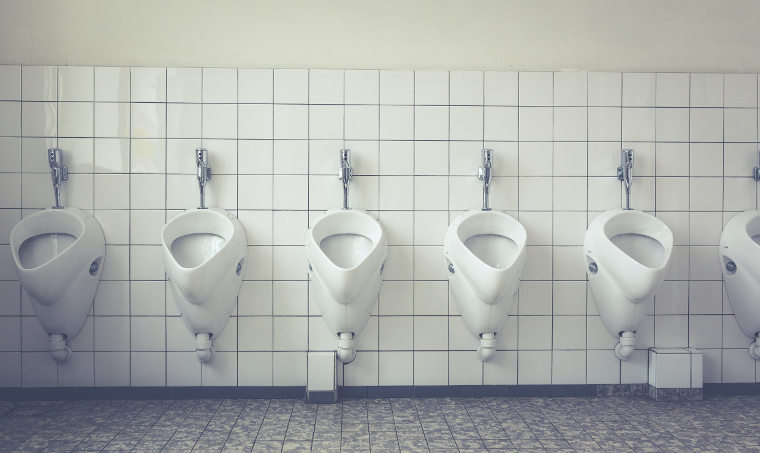Paruresis is an anxiety disorder that causes those affected to be unable to urinate in factual or perceived proximity of others.Official definition
What are the consequences of suffering from paruresis?
If one cannot reliably use public bathrooms, they will constantly think about when and where they will find a "safe" bathroom again.
Intuitively, all those affected try to avoid bathroom situations as much as possible. At first, perhaps by drinking less so that they won't have to go outside of their home.

Before you know it, the "shy bladder" influences larger life decisions: Do I even want to take this job if it means additional travel (and thus, additional bathroom stress)? Avoiding public toilets quickly leads to ever greater limitations.
You are not alone!
Paruresis is a rather intimate subject that is not easy to talk about. That's why this problem is little known, despite the fact that it's fairly common! Scientific studies show that at least 3% of the population - or roughly 10 million Americans - suffer from clinical paruresis. Among them by the way both men and women.